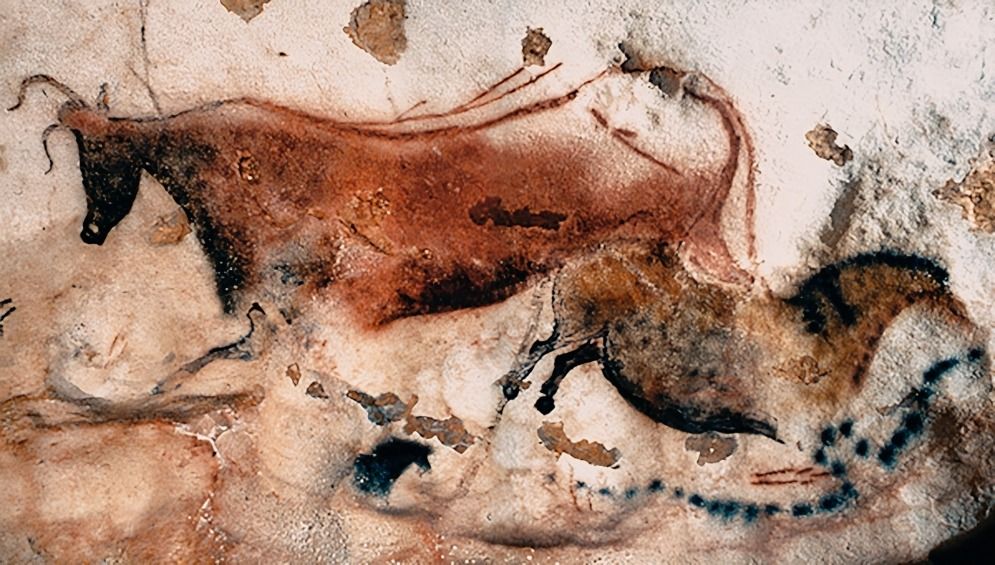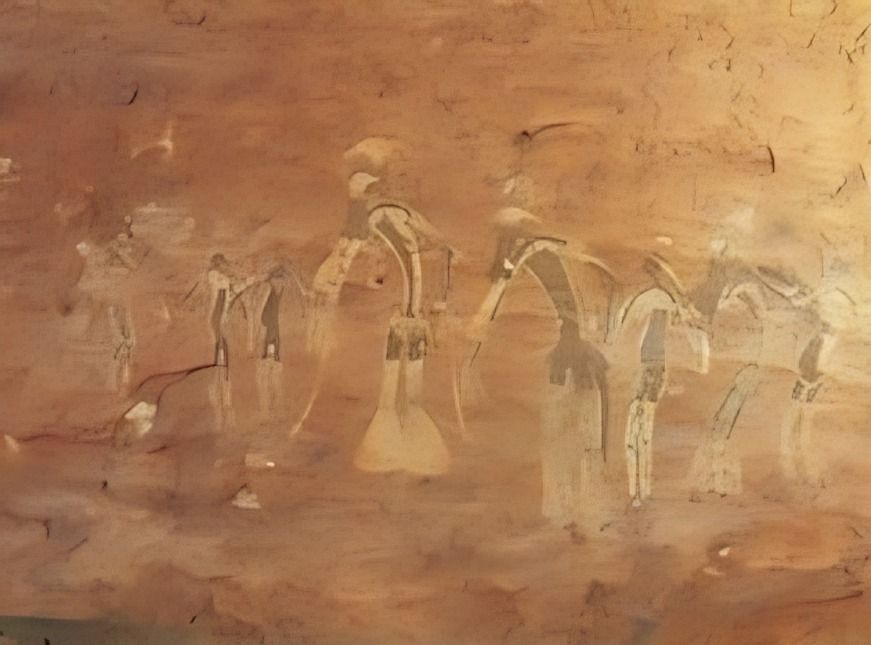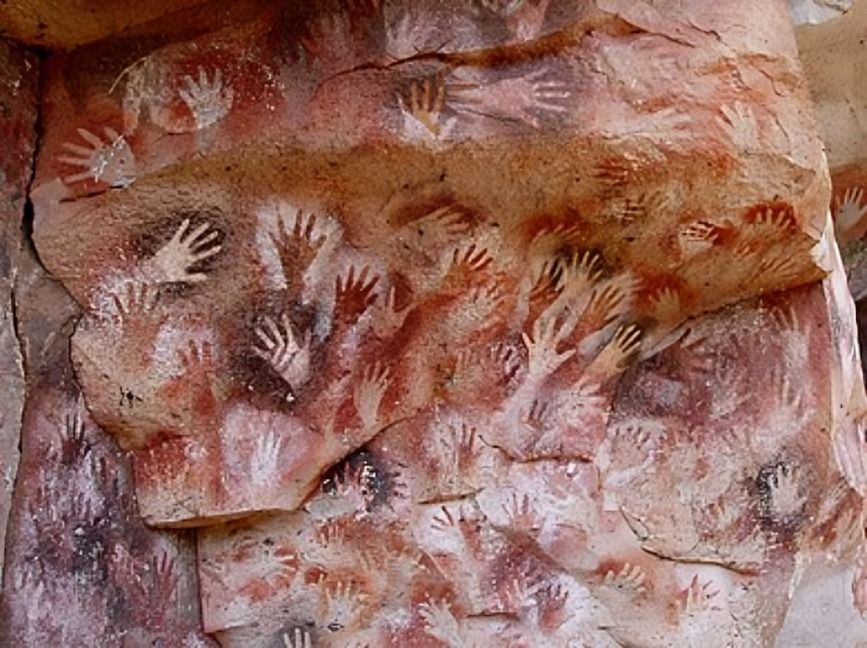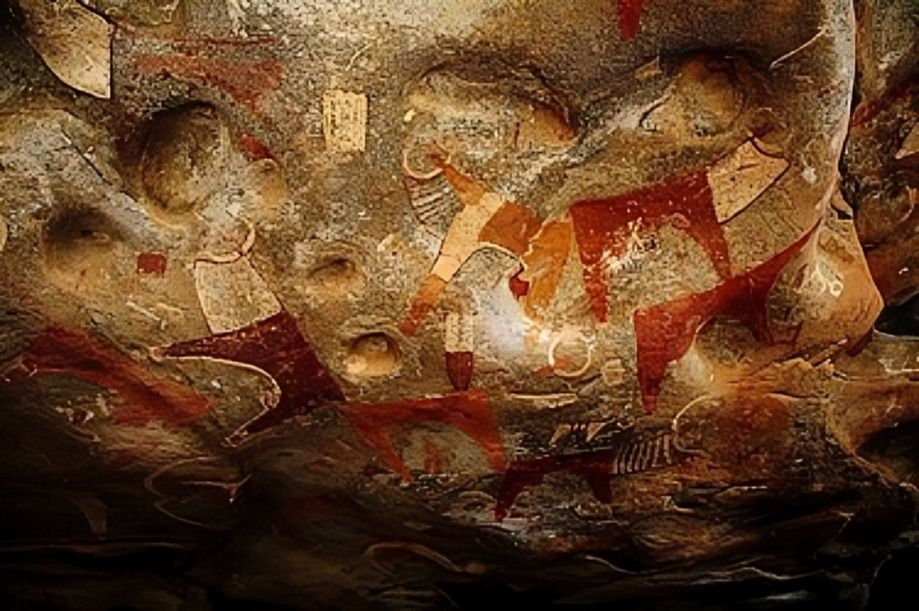
“
Cave paintings and rock art facts reveal a fascinating glimpse into the lives of our ancient ancestors, showcasing their thoughts, beliefs, and environments. This blog presents 20 intriguing Cave Paintings and Rock Art Facts illuminating prehistoric humans' creativity and skill. 1
1
1
1
1
”
Cave paintings in Indonesia, dating back over 44,000 years, depict animals and human-like figures, challenging previous assumptions about the timeline of human artistic expression.1

The Lascaux Cave paintings in France, often called the "prehistoric Sistine Chapel," feature over 600 animals, showcasing early humans' deep spiritual connection with their environment.
Chauvet Cave in France holds 30,000-year-old artwork with detailed depictions of lions and rhinoceroses. These vivid images suggest exceptional observational skills in early humans.2
The Altamira Cave in Spain features stunning bison frescoes created more than 13,000 years ago, revealing early humans' connection with their surroundings through natural pigments.3
Aboriginal rock art in Australia, estimated at over 40,000 years old, showcases intricate depictions of animals and spiritual beings, reflecting the cultural beliefs of Indigenous peoples.4
In 2018, researchers found cave paintings in Spain over 64,000 years old, made by Neanderthals, challenging the notion that complex art was exclusive to modern humans.5
The Bhimbetka rock shelters in India reveal cave paintings dating back 30,000 years, depicting hunting scenes and daily life, showcasing early human cultural practices in the region.6

Rock art in the Sahara Desert's Tassili n'Ajjer region, dating back 12,000 years, showcases intricate depictions of wildlife, revealing the rich cultural heritage of ancient Saharan peoples.
Norway's Alta Rock Art, a UNESCO World Heritage site, features carvings between 7,000 and 2,000 years ago, depicting reindeer hunting and offering insights into Arctic spiritual practices.7
In Bulgaria's Magura Cave, prehistoric paintings reveal religious ceremonies and symbols over 8,000 years old, showcasing early humans' artistic capabilities and spiritual beliefs in the region.8
Fumane Cave in Italy contains symbolic art dating back 35,000 years, featuring animal figures and engravings that emphasize early humans' connection with nature and their environment.9
Namibia's Apollo 11 Cave boasts some of the oldest African rock art, dating back over 25,000 years, depicting animals and illustrating early humans' ability to capture their world.10

Cueva de las Manos in Argentina is famous for its handprints, created using mineral pigments over 9,000 years ago, reflecting the spiritual connections of ancient peoples with their environment.
South Africa's Blombos Cave contains ochre stones engraved with geometric patterns at least 75,000 years old, highlighting prehistoric ancestors' cognitive and artistic capabilities.11
Serra da Capivara National Park in Brazil features cave paintings estimated at 25,000 years old, showcasing animals and hunting scenes, revealing early American inhabitants' lives.12
Rock carvings in Valcamonica, Italy, represent over 8,000 years of history, featuring human figures and animals, documenting the cultural evolution of prehistoric societies through petroglyphs.13

The cave paintings at Laas Geel in Somaliland, dating back about 5,000 years, are among the best-preserved examples of ancient African art, depicting cattle and herders.
In 2020, a life-size pig painting was discovered in Indonesia, dating back 45,500 years, marking it as the oldest known animal depiction, highlighting early artistic talents.14
Sri Lanka's prehistoric cave art at Dambulla dates back over 2,000 years, with vibrant murals showcasing religious and secular themes, illustrating continuity in artistic expression.15
The Bradshaw rock paintings in Australia, also known as Gwion Gwion art, are over 17,000 years old, featuring finely detailed human figures that reflect one of the oldest continuous cultural traditions in the world.16


